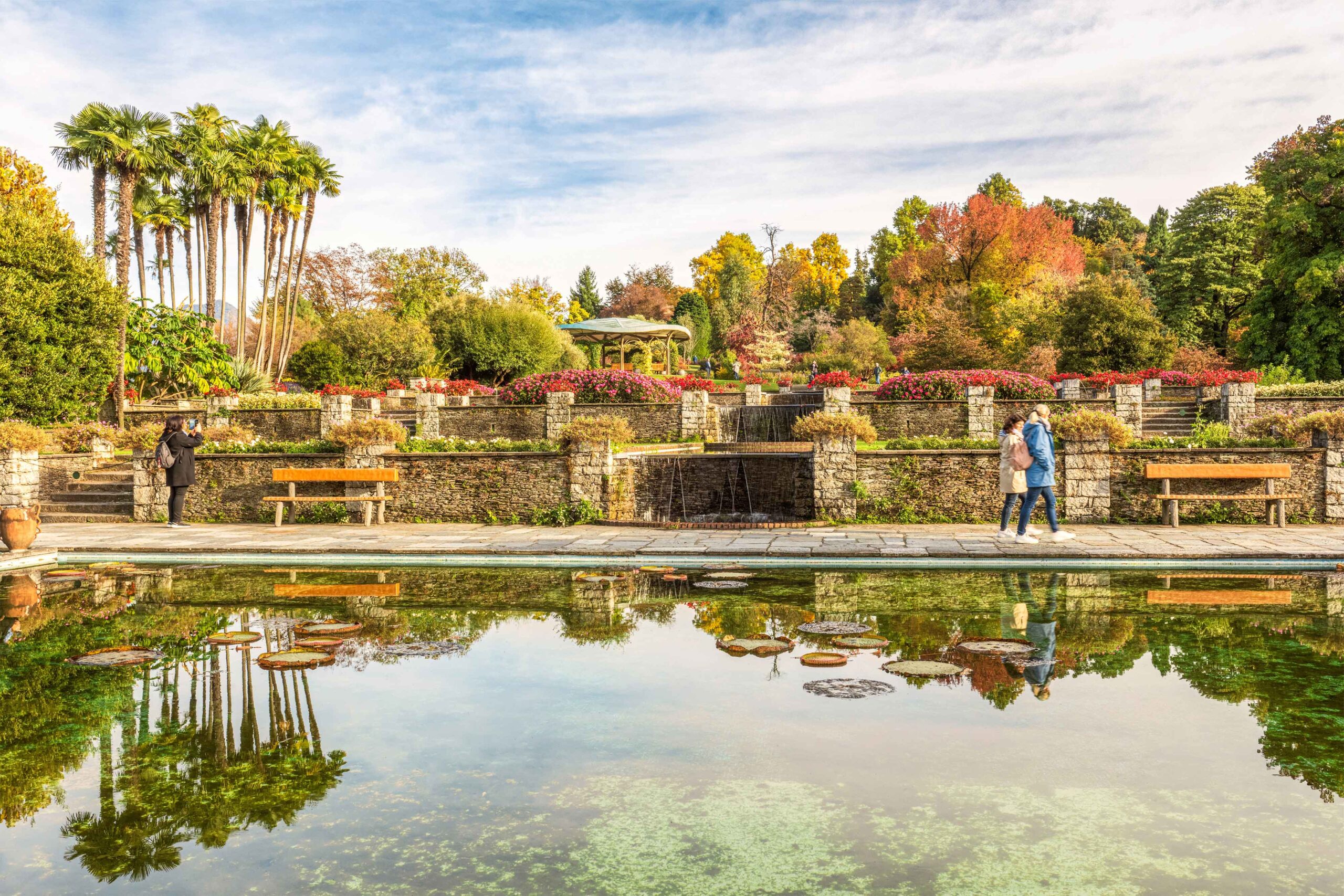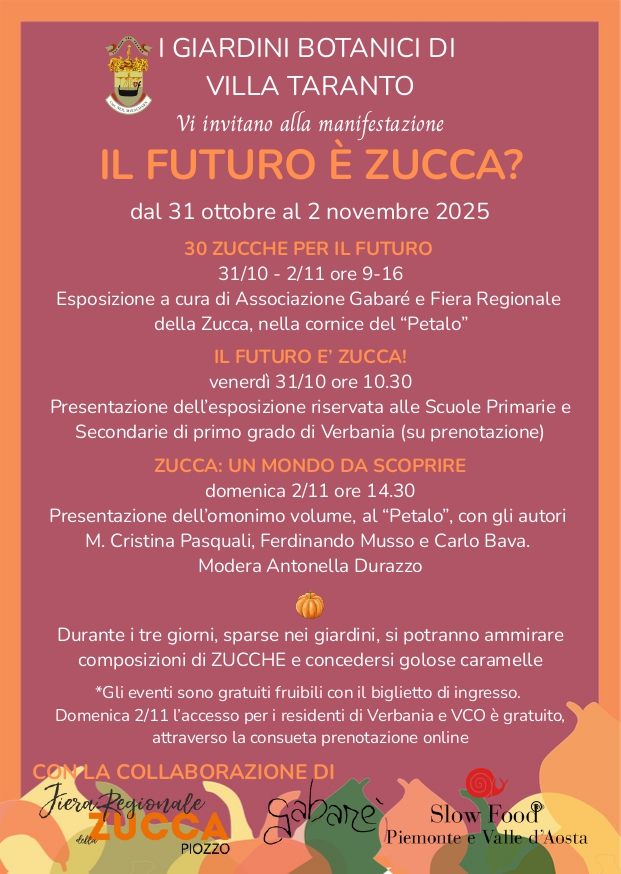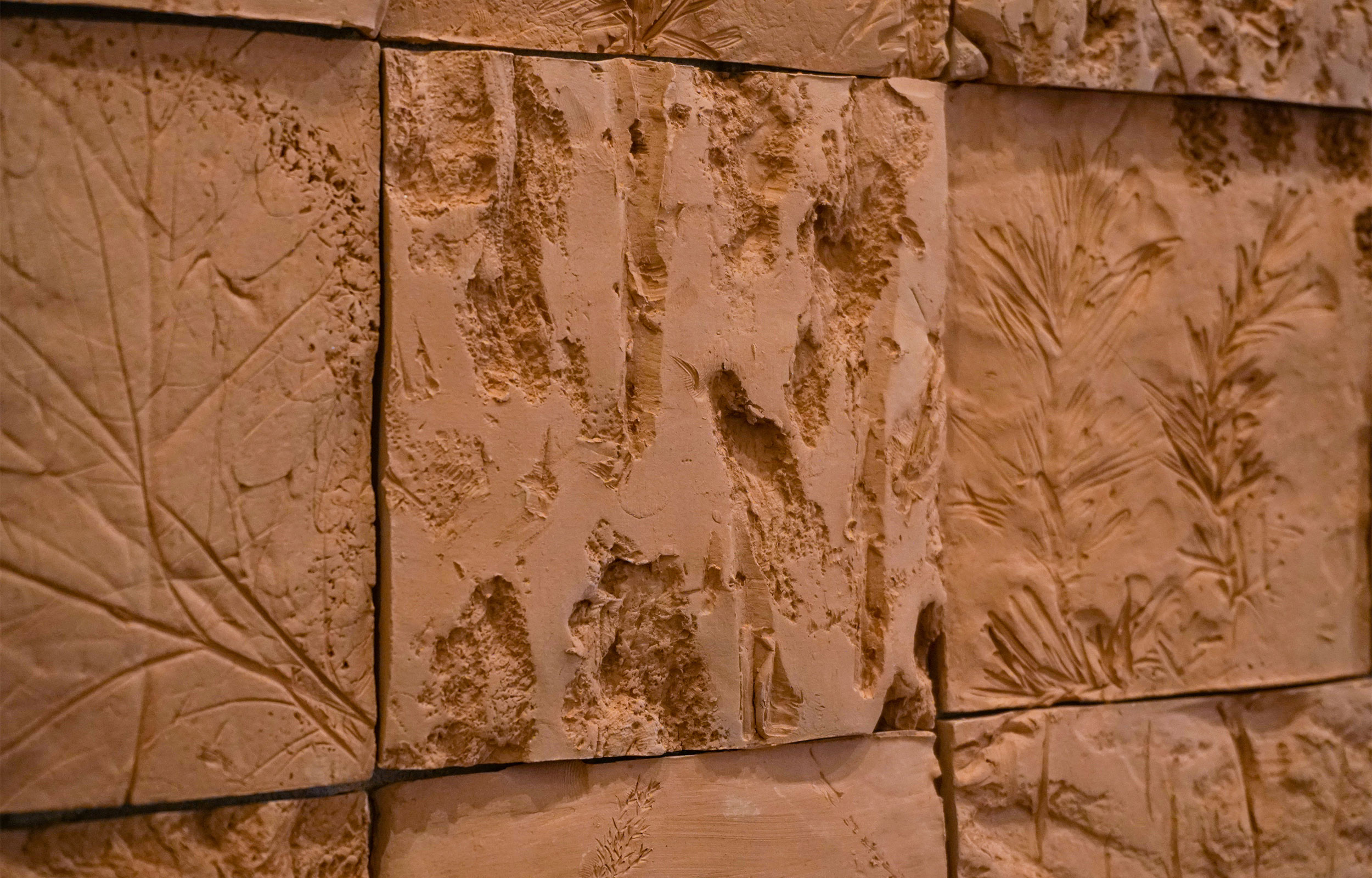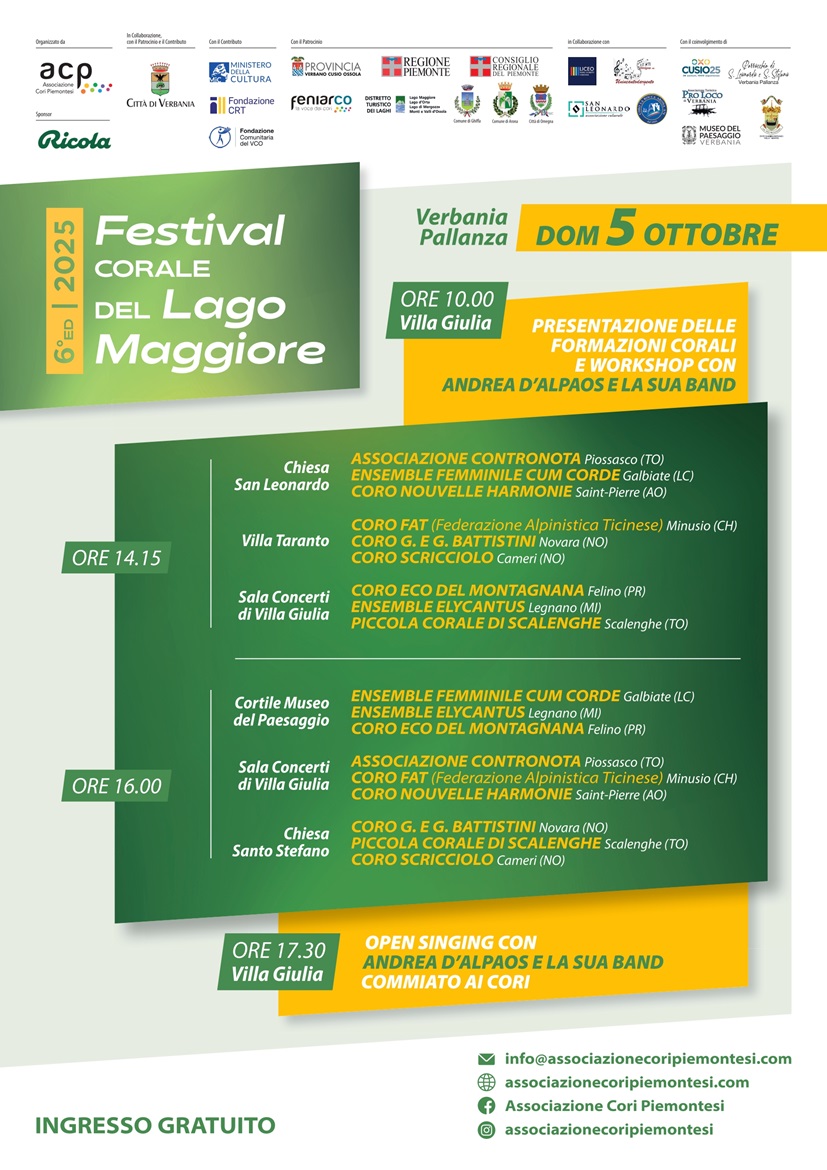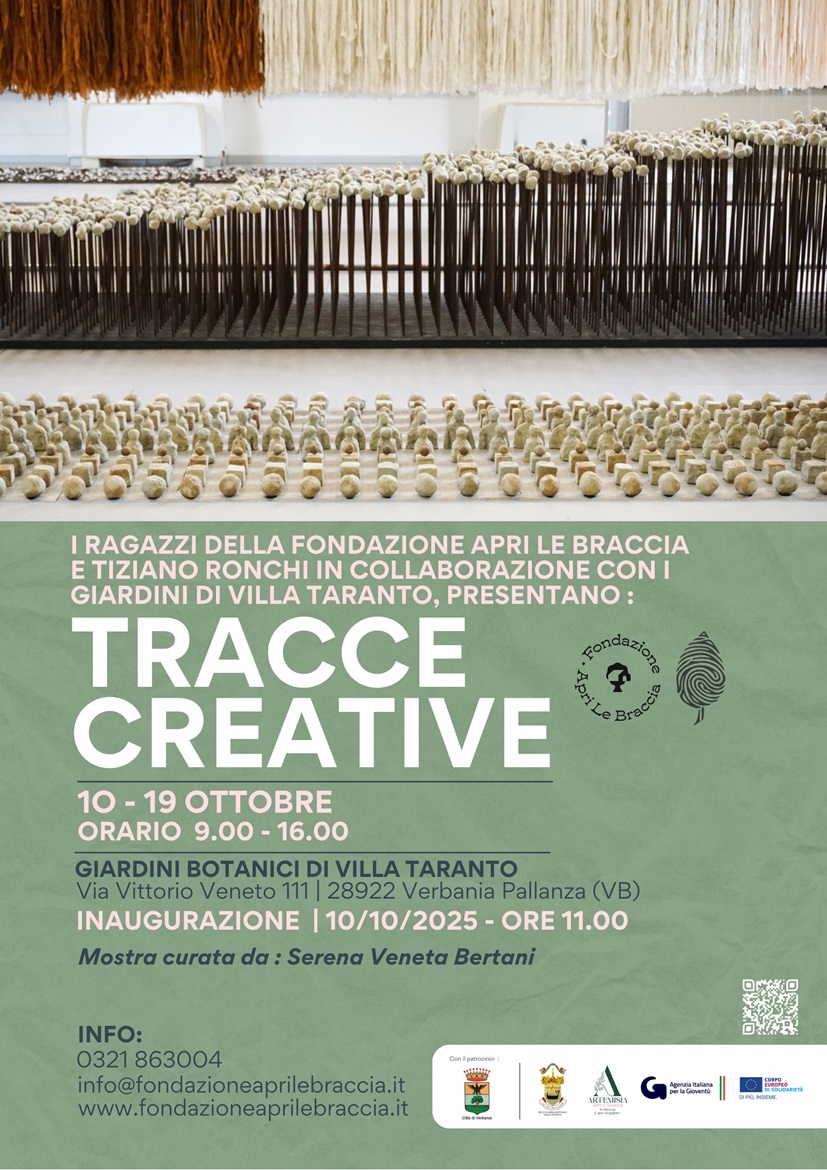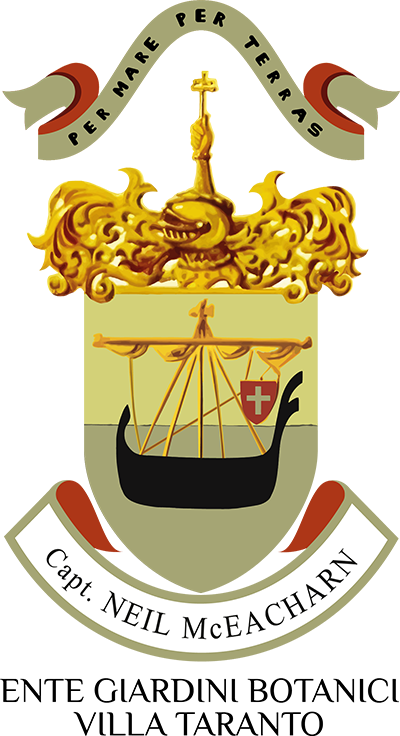“A beautiful garden does not need to be big, but it should be the realization of one’s dream, even though it is only a couple of square metres large and is situated on a balcony”
With these words, Captain Neil McEacharn, to whom we owe these wonderful gardens, explained his way of thinking.
The plants found here, some of which are unique in Europe and acclimatized after long laborious efforts, have been arranged with a sense of artistry in this beautiful setting between the lake and the mountains.
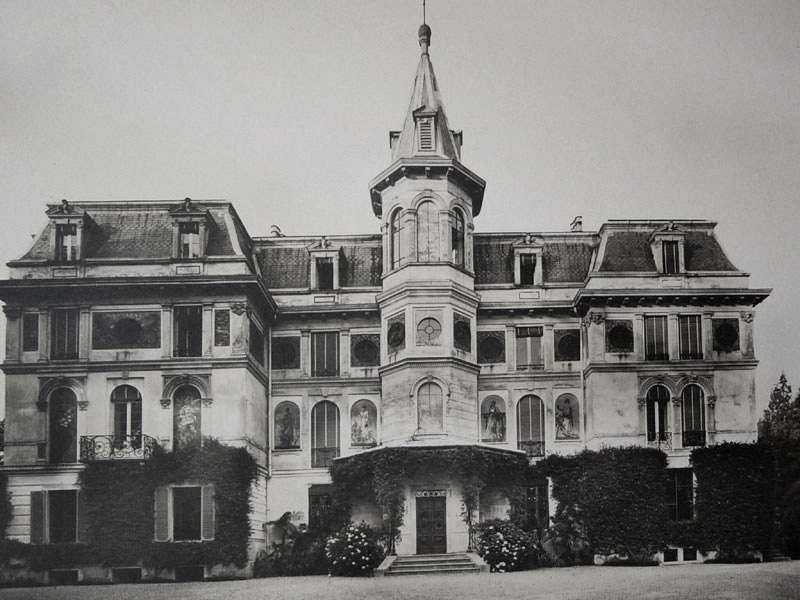
In 1931, the Scottish Captain decided to purchase the property from the Marquess of Sant’Elia to transform it into an exemplary English garden, located in a part of Italy which could remind him of his native Scotland, although it had a greater softness and variety of colours. This project had to reconcile two fundamental requirements, aesthetic and particularly botanical, since the various plants had to find the most ideal soil and climate conditions possible. Creation of the new gardens entailed various stages of work until its completion in 1940.
Many thousands of plants were imported from every corner of the world to make up rare collections.
Among the most significant works are the “Valletta”, a small valley created following large-scale excavations; the irrigation system, fed by water pumped directly from the lake to a reservoir from where it is conveyed to every corner of the garden; the “Terraced Garden”, with waterfalls, pools, waterlily and lotus ponds; the “Winter Garden” and the “Bog Garden”; ornamental fountains and water features. Having created “his” garden, which he named Villa Taranto in memory of an ancestor, Marshall McDonald, given the title Duke of Taranto by Napoleon, Captain McEacharn wanted to ensure that all his hard work and commitment would be continued after him, and with great generosity, presented it to the Italian state.
Today, the botanical patrimony of the Villa Taranto gardens consists of nearly 1,000 non-native plants and almost 20,000 varieties and species of particular botanical importance. The Villa itself is not open to the public, since it is used as the seat of the Prefecture of the new Province of Verbano-Cusio-Ossola.
The gardens have been open to the public from April to October since 1952, and the constantly increasing number of visitors has now reached over 150,000 a year. Groups of scholars and garden enthusiasts come to Villa Taranto from Australia, North and South America and Europe, drawn by its interesting botanical collections, its perfect organization and courteous hospitality.
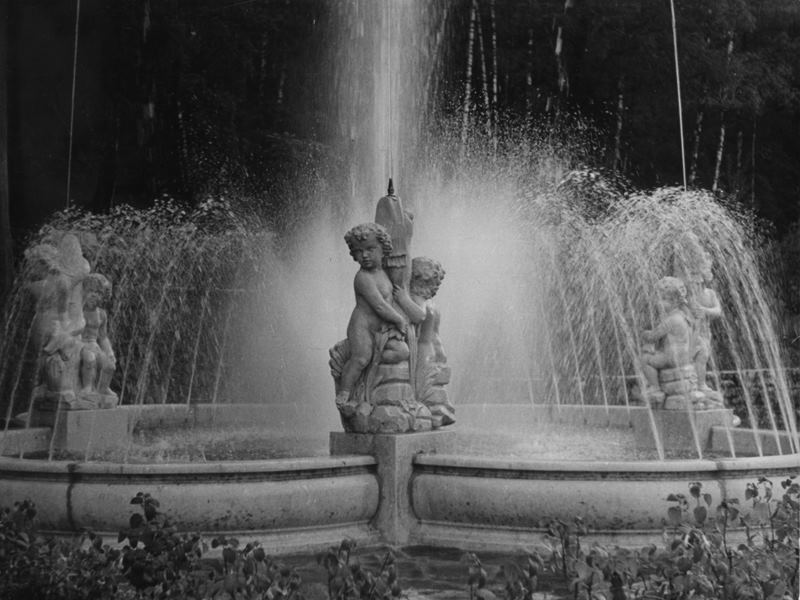
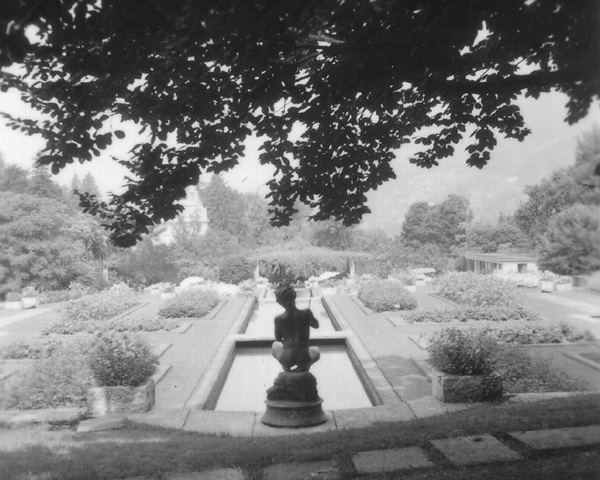
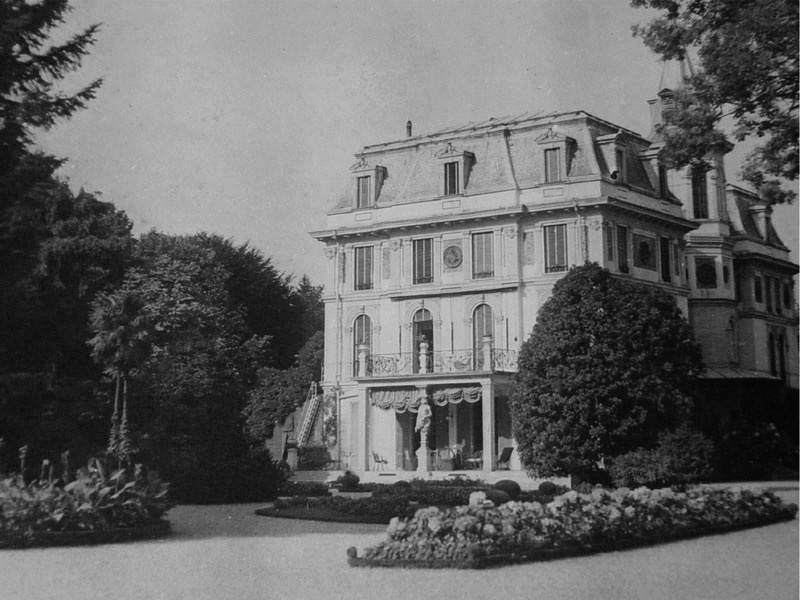
Capt. Neil McEacharn, who died on 18 April 1964, and whose mortal remains now rest – together with those of the family of his administrator, Dr. Antonio Cappelletto – in a mausoleum-chapel specially built in the gardens, was succeeded in the onerous task of maintaining the complex by the Ente Giardini Botanici Villa Taranto ‘Capt. Neil McEacharn’, with the specific aim of preserving this incomparable jewel of botanical and natural beauty for Italy and the whole world.
Visitors to the Gardens will find scenes and fantasy figures sacred to Egyptian mythology hidden in the transparency of water, or in the expanses of mysterious flowers. From the romantic Valletta to the carpets of heather, the greenhouses containing the “Victoria cruziana” (Santa Cruz Waterlily), avenues of Azaleas, Maples, Rhododendrons and Camellias, rare lilies and the Dahlia maze, with over 300 varieties, to the myriad colours of spring blooms against the backdrop of the Italian Gardens, or in the mellow glow of autumn, Villa Taranto gives us equally unforgettable images of its ever-renewed beauty.


